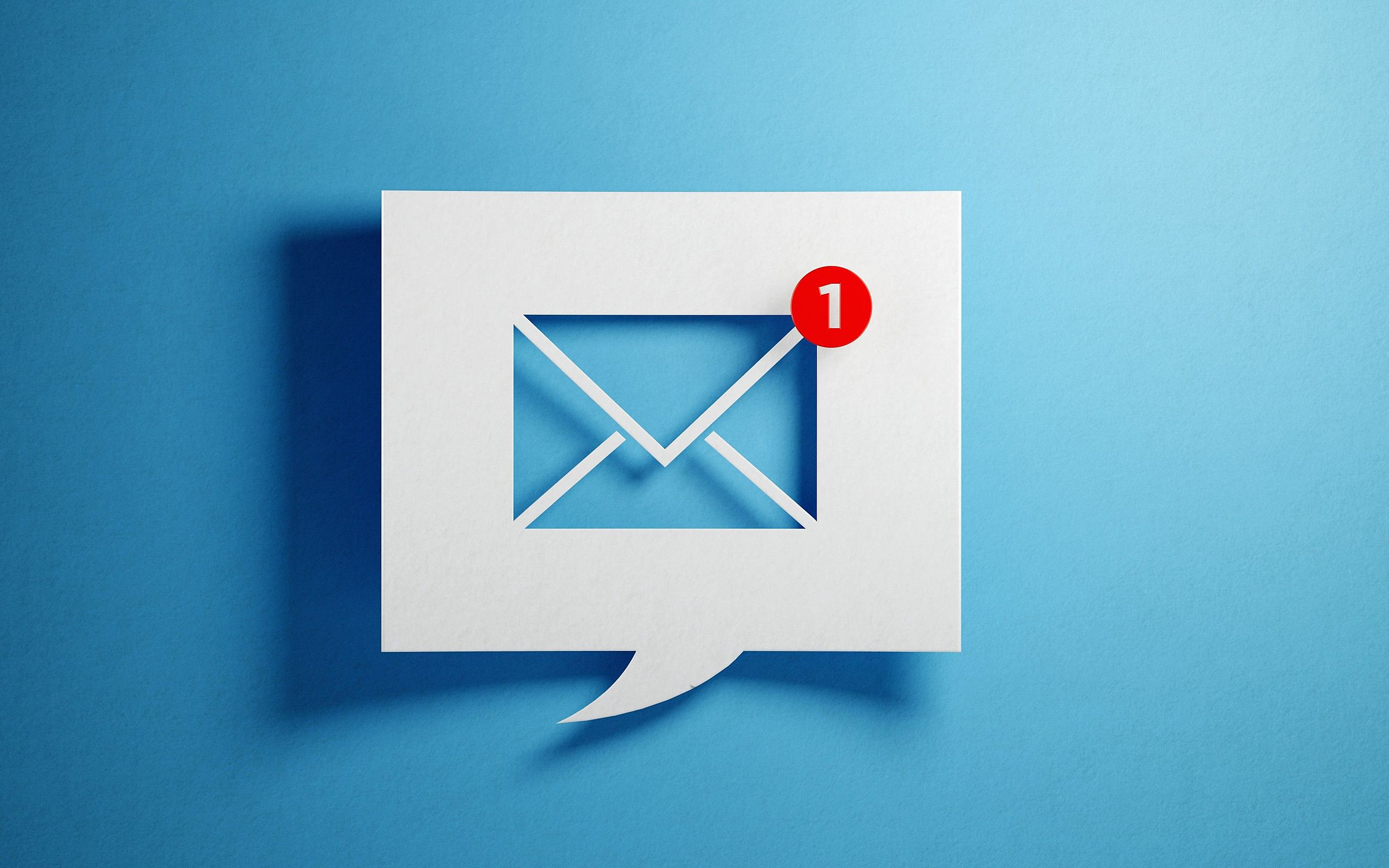Effective communication is important in all areas of life and every type of relationship. Within an organisation, good internal communications ensure that everyone understands not just the ‘what’, but also the ‘why’, creating advocates for the course that’s been plotted. After all, if everyone aboard the waka is paddling in the same direction towards a common destination, the entire crew is more likely to experience a smooth ride.
If your employees are working from home (or some of the time) thanks to COVID restrictions, an effective internal comms plan is more critical than ever to ensure that no one is left feeling isolated and out of the loop.
At NSPR, we regularly work with clients on crafting and executing effective internal communications plans, and we’ve put together our top five tips to help get you started with yours.
- Focus on outcomes, not output.
Consider what you want to achieve from your internal comms. The success of an upgraded intranet site is going to depend much more on whether it delivers the right outcomes than how stylish it looks. By focusing on substance over style and asking the question, “what do we want this to achieve?”, you’ll be more likely to hit your goal.
- Build a bridge
In many cases, internal comms serves as a bridge between those making the big decisions and those who will execute them. If you want your internal comms to be useful, clear and relevant to the concerns and priorities of your people, you need to have a clear understanding of what makes your people tick. We’re not suggesting that you have them over for a family dinner once a fortnight – just that you create regular opportunities to get to know and understand their key issues and aspirations.
- Integrity and authenticity is everything
There’s no doubt that we are living through some tough times – for individuals and for businesses. But no matter how stressed or concerned we are by the current economic conditions or how frustrated or anxious we are with the latest COVID numbers, every communication must come from a place of integrity and authenticity. There have been many public examples of badly timed communications that have inflicted major damage on an organisation’s brand and the individual who sent it – both internally and externally.
- Select your tools with care
It’s worth keeping in mind that the internal comms toolbox comes equipped with a variety of tools, each of which has its own best application. Which delivery channel you choose for a particular task can greatly impact how well it is received, understood and accepted by its target audience – it’s probably not necessary to use a sledgehammer to crack a nut. For example, a live webinar is a great way to hold a meeting with your team members if they are working from home, but is unnecessary if they’re all back in the office. Good timing is also integral to good internal comms – email bombing your team with messages is likely to dilute the effectiveness.
We send out an email every Monday with key updates, wins and goings-on. The team expect it, even look forward to it, and they know it’s worth reading as it contains exciting info about what’s happening in the business but also important information they need to be across.
- Change is a process, not an event
Employees are likely to be happier and more productive members of the team if they feel that their buy-in to the change process is considered important. By creating a sense of engagement in the business and its goals, they’re more likely to stick around for the long term. And even if the forecast isn’t great, knowing what lies ahead is infinitely preferable to sailing blind.
In times of uncertainty, good internal communication becomes even more important – your team members want to feel that they are being involved in and informed about the decisions relating to the business and their position within it. It would be difficult to think of another year in the past seven decades in which we all have been presented with greater challenges than those we have faced so far in 2020.
If you need help with planning and executing an effective internal communications plan, we’d love to hear from you.




